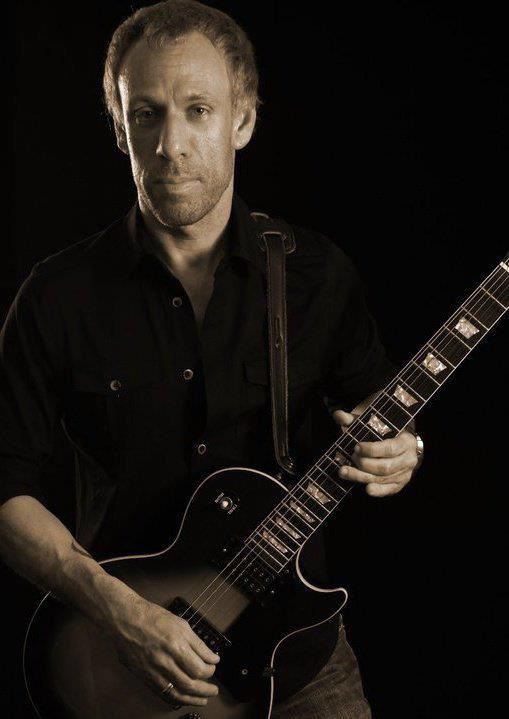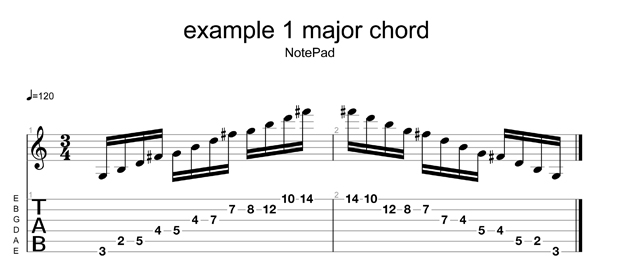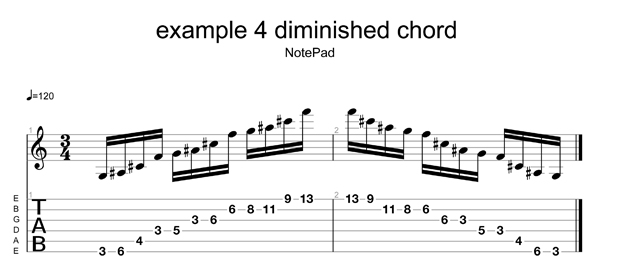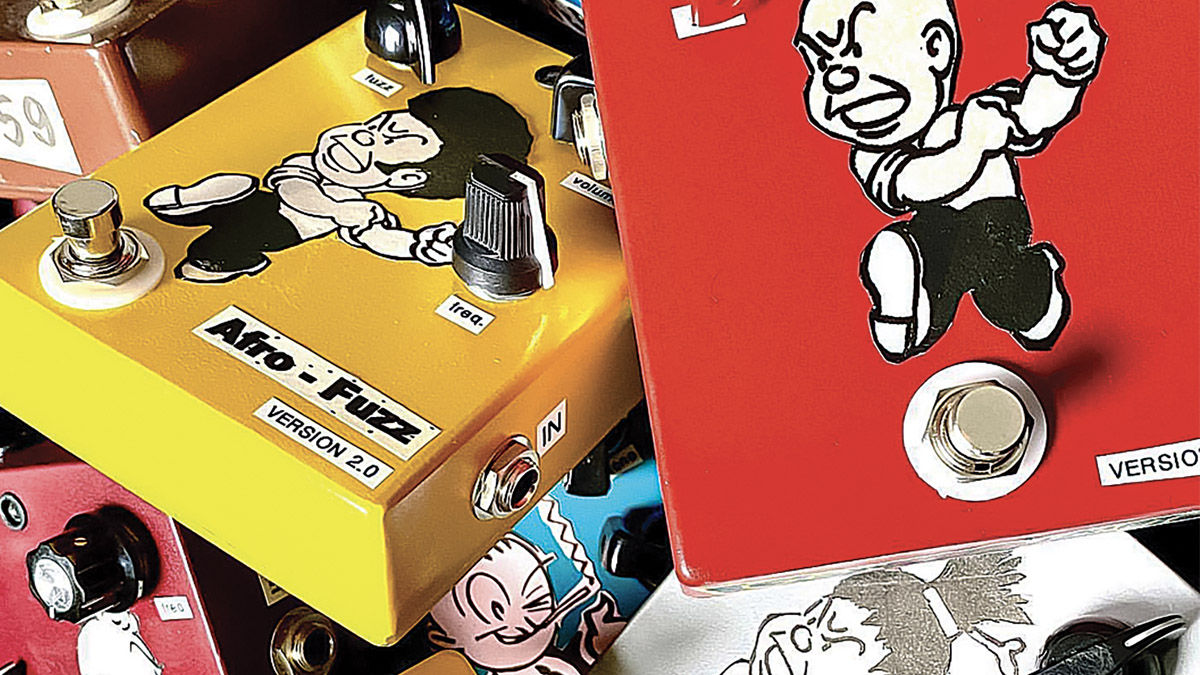The Complete Guitarist: Fun with Arpeggios, Part 2

Hello again, everyone.
In my last blog post, I discussed and demonstrated a cool exercise to add some zest to your lead work and to help you to learn the fretboard by using arpeggios derived from the major scale.
This time, I'd like to address the same topic; however, instead of using the major scale, I'd like use chords, specifically four types of chords all guitarists and musicians should be familiar with.
There are four types of chords that are built from the major scale: major 7th's, minor 7th's, dominant 7th's and diminished. Each of those chords has its own construction, but their common thread is that they will be constructed from the first, third, fifth and seventh notes from their respective major scales. In short, the 1, 3, 5, 7.
For these examples, we will be in the key of G major. The first arpeggio will be a major 7th arpeggio based off a G major 7th chord. The notes are G, B, D and F#. See Example 1.

The next arpeggio will be a minor 7th based on a minor 7th chord. To create a minor 7th chord, we take a major 7th arpeggio and lower the 3rd and 7th pitches so the minor seventh arpeggio is now G, Bb, D and F. See Example 2.

The next arpeggio will be a dominant 7 based on a dominant 7th chord. To construct a dominant 7th chord we take a major 7th chord and lower the 7th pitch so the dominant 7th arpeggio will be G, B , D and F. See Example 3.
All the latest guitar news, interviews, lessons, reviews, deals and more, direct to your inbox!

The final arpeggio I will discuss is diminished based on a diminished chord. To construct a diminished chord, we take a major 7th chord and lower the 3rd, 5th and 7th pitches so the diminished arpeggio will be G, Bb, Db and F. See Example 4.

The fingerings for these arpeggios may be a bit unorthodox, but that's the point. This exercise will get your fingers moving in some new directions and will help you grasp a greater understanding of the fretboard and add some color to your lead work. As I've said in previous blog posts, our goal is to find our own unique voice on the instrument. Playing these arpeggios will help you on the path.
Figure out these arpeggios for all the chords with the root notes found on the sixth string, and you'll be well on your way.
But reading about it isn't going to make you a better player, so get off the computer and pick up that guitar and play. Just like yesterday. As always, I thank you for checking out my blog!
Guitarist Richard Rossicone is a veteran of the New York City and Long Island original and cover band scene. He's been playing since he was 8, when he attended his first concert (Kiss) and saw Pete Townshend smash a guitar. He has studied with various instructors over the years, which led him to a career in music therapy. He began his educational journey at Queensboro Community College, where the faculty introducing him to classical music. He received his associate's degree in fine arts in 1997 and went on to receive his bachelor's in music therapy in 2001 and his master's in music therapy from New York University in 2004. He's been Board Certified as a music therapist since 2002. Richard continued his studies at C.W. Post University, pursuing a second master's degree in classical guitar performance and music history, studying under Harris Becker. He's been teaching guitar, piano and theory since 2002 and in 2006 started his own company, Rossicone Music Studios. Visit him at Axgrinder.com and his Complete Guitarist Facebook page.
